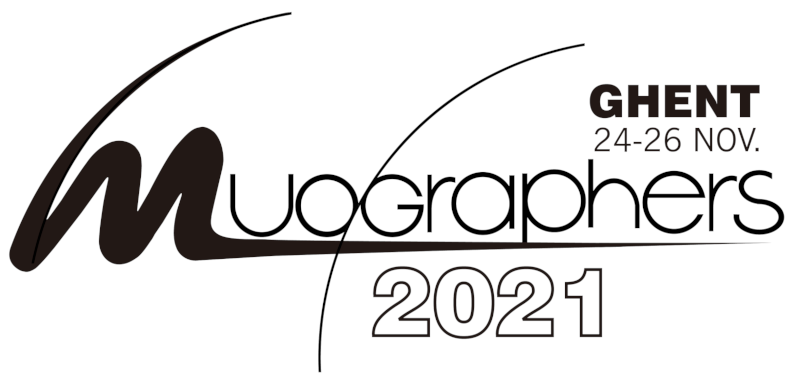Speaker
Description
Cosmic-ray radiation, thanks to its high penetration capability and relative abundance, has been successfully used in scientific research and civil applications for a long time. For example, techniques based on the attenuation of cosmic-ray muons (muon radiography) or on their angular scattering (muon tomography) have been used to study the inner structure of volcanoes, to search for hidden chambers in Egyptian pyramids, to inspect nuclear waste containers and to monitor blast furnaces. In addition to these imaging techniques, cosmic ray muons have also been used for the detector alignment in large experiments in nuclear and elementary particle physics, and, more recently, proposed for the alignment and stability monitoring of mechanical structures.
Muon radiography applications are sensitive to the angular distribution of cosmic muons, and many applications of muon tomography are also sensitive to their momentum distribution. For these reasons, an accurate simulation of the dependency of the muon flux on momentum and direction is a key requirement for every generation tool targeting to such applications. Moreover, as the inspection of large structures requires a very large statistics, the generator has also to be fast.
A new Monte Carlo generator of cosmic-ray muons, called EcoMug (Efficient COsmic MUon Generator) and specifically designed for muon radiography and tomography applications, is presented. It is a header-only C++11 library, based on a parametrization of experimental data. Unlike other tools, EcoMug gives the possibility of generating from different surfaces (plane, cylinder and half-sphere), while keeping the correct angular and momentum distribution of generated tracks. The main features of EcoMug, its mathematical foundation, as well as applications to selected study cases are presented.
